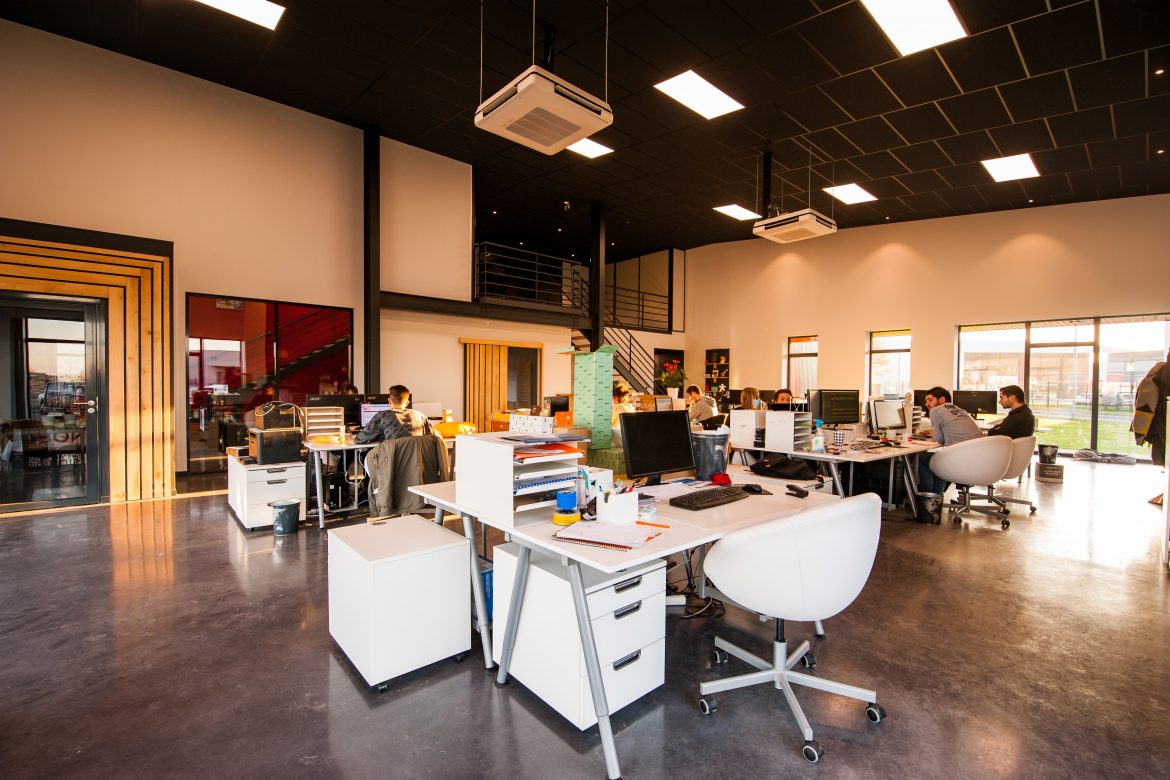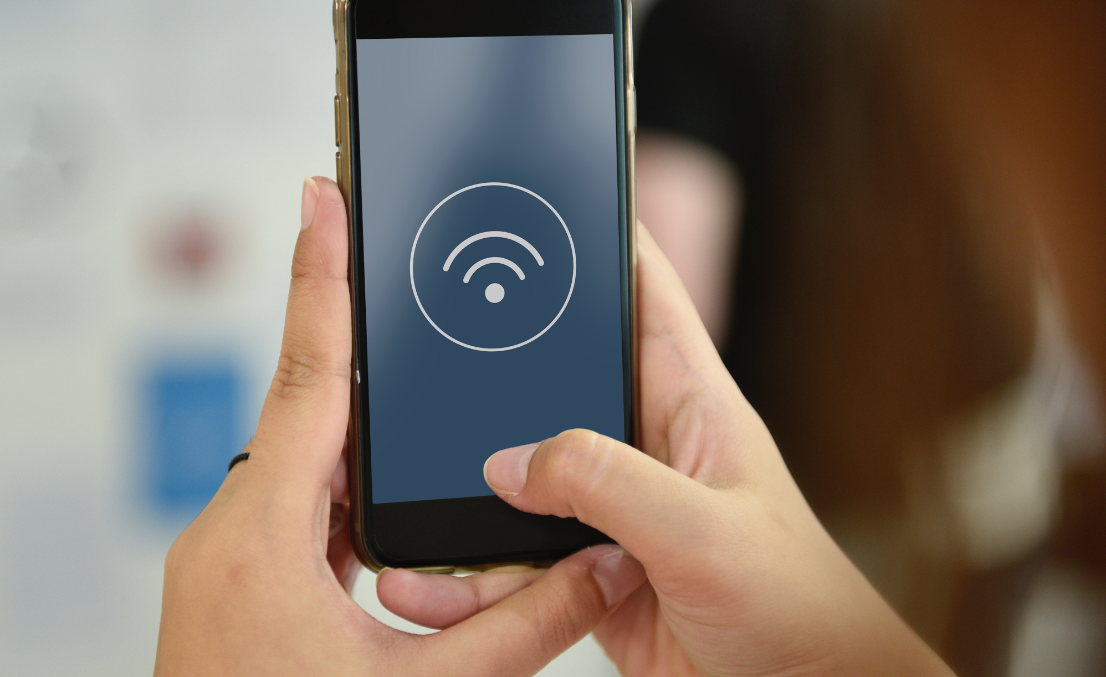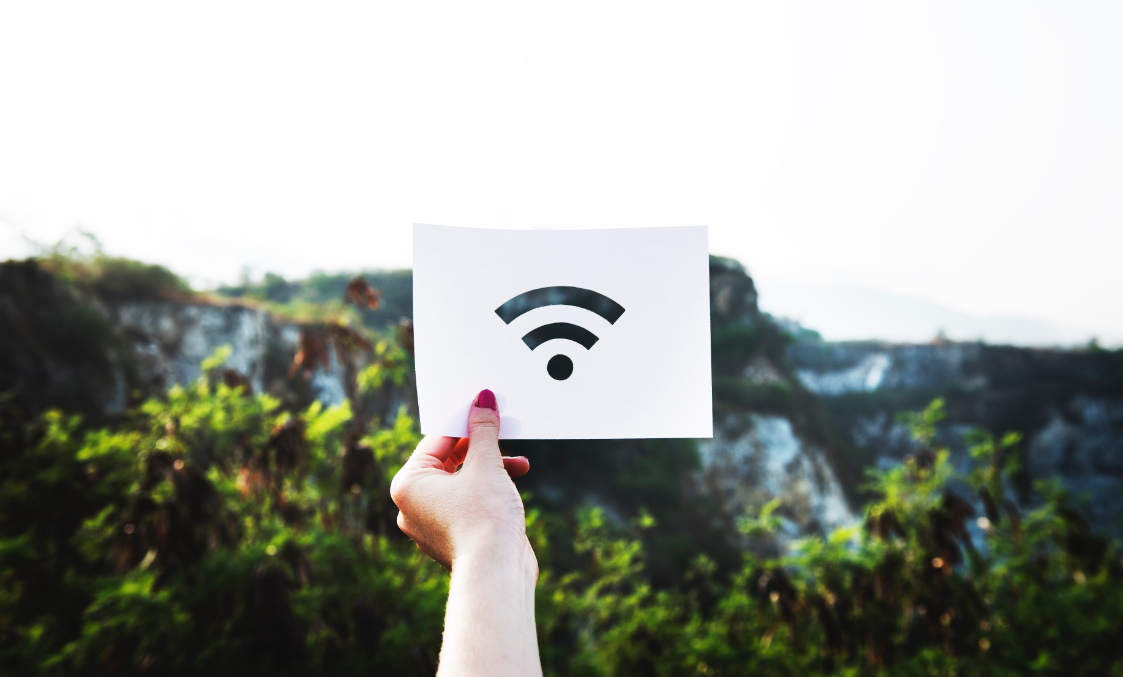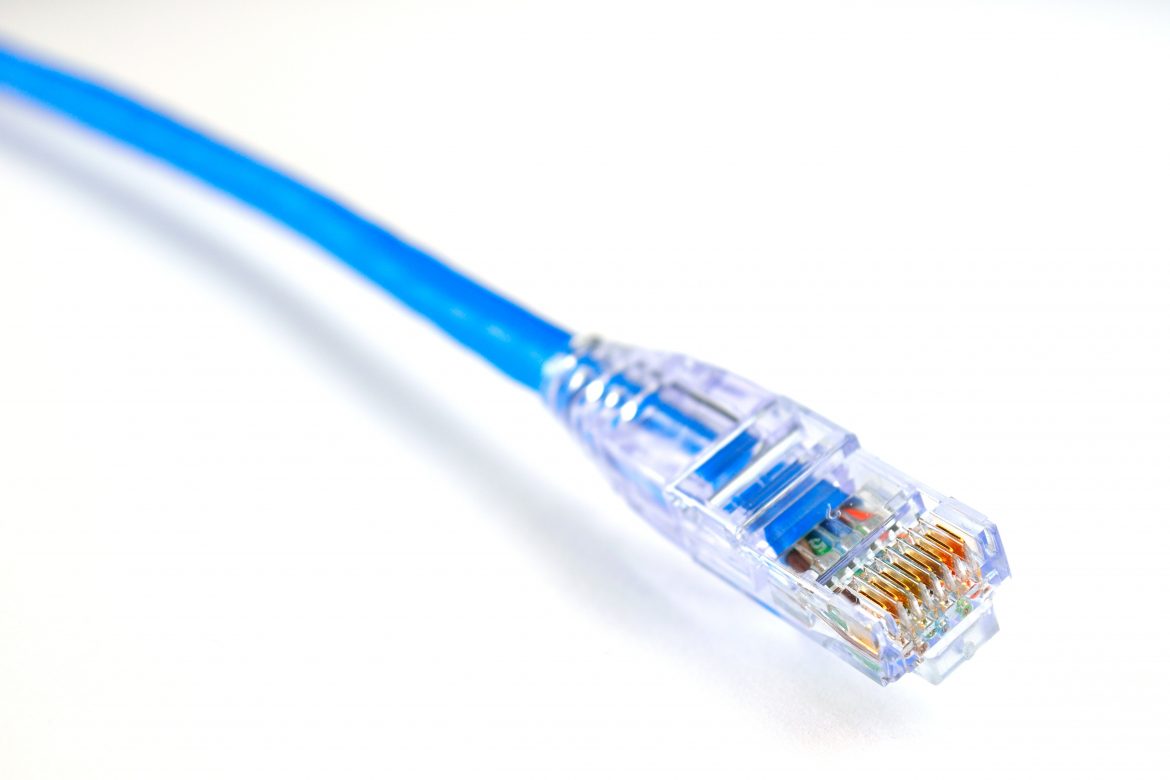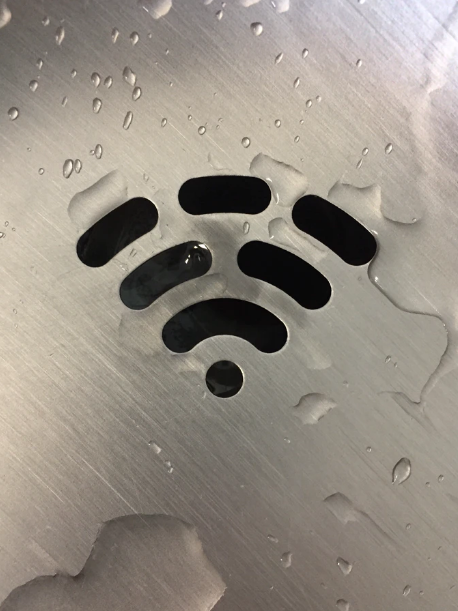Let’s face it, whether we’re a business or just a consumer, we use Wi-Fi like our lives depend on it. Whether we are at work or at play, we live in a world where we are always connected, and if – shock horror – we lose that connection, we can feel lost and even a bit panicked.
Productivity in the workplace and entertainment at home all depend on a strong, reliable and fast Wi-Fi connection. And when that connection is slow or unreliable, we suffer.
It’s not surprising then that technology is always striving to drive forward – To deliver us stronger, faster, more reliable connections with the implied promise that our lives will be better.
We know that technology is a dynamic business – Fast paced and always moving forward.
With that in mind, we thought we would look at a few predictions for 2020 specifically with Wi-Fi in mind.
- Hello Wi-Fi 6
You’ve probably already heard of Wi-Fi 6 – Some smart devices are already Wi-Fi 6 compatible ready for it’s imminent widespread use. It debuted in 2019, but 2020 will really start to see this Wi-Fi standard being used everywhere. Otherwise known as AX Wi-Fi or 802.11ax, this next standard for wireless technology was especially created to support the growing number of deployed devices with improved traffic routing. But the end of 2020 we’d expect all smart devices to be using Wi-Fi 6 – It’ll be mainstream.
- Every major city to introduce 5G
Here’s another one that’s featured on a few of our blogs this year; 5G. There’s been a lot of talk of ‘5G vs Wi-Fi’ but they don’t really need to compete with each other. It’s not been an easy road for 5G, but in 2020 we will start to see this new standard in every major city around the world. This in itself will bring fundamental changes to network connectivity, offering greater speeds, reach and flexibility. I bet I know what you’re thinking – That’ll keep customers happy! But it’s not just that. With 5G improvements comes scope for better connectivity, SD-WAN, video surveillance and network capacity.
- The cloud is coming to you
We have very much been living in the cloud era – We might have personal computers, but so much of our data is sitting in the cloud via Dropbox, Google Drive, Microsoft 365, Slack, etc etc the list goes on. There are a few main players when it comes to cloud services – Amazon, Microsoft, Google and IBM. You also have the private clouds like Facebook and Apple. But we’ve sort of reached the limit of the cloud – Everything that can be centralised, has been centralised. And that’s what leads us to the Edge. Literally. Edge computing will bring cloud date closer to you geographically. Rather than rely on a small number of centralised data centres, the Edge will bring cloud based intelligence closer to where it’s needed. Let’s take Amazon’s Echo as an example. Previously when you asked Alexa a question, it would have to process your speech, compress it, send it to the cloud, the cloud decompressed it, resolved the query, and then sent back the answer. By shortening this process geographically, and bringing the cloud’s intelligence to the Echo itself, the latency is less and people will know what the weather is doing that day as quick as it would take to look out the window.
- We’ll be needing network automation
As we become more reliant on Edge computing and Internet of Things with all our smart devices in our homes and in our pockets, the need for automatic updates will increase. More devices will rely on cloud data and intelligence, and will likely require constant updates to centralised data stores. In order to make this process reliable, consistent and quick (especially in a business environment) will be to automate network environments. This will mean more complex networking solutions that don’t depend on human intervention. In 2020 it will become even more important for networks to be reliable with strong connections.
- Networking, meet Artificial Intelligence
If automated networks are to work well, then they will need to include artificial intelligence. We just spoke about Alexa accessing cloud intelligence in the Echo itself – Amazon are managing this through an AI chip that is always ‘listening’ for it’s wake sounds ie. Alexa. It means things can be processed quicker. AI will drive forward network deployment automation and will be the key to smarter networks. As more 5G networks are introduced and edge computing becomes the standard for the rapid increase in IoT devices, AI will be crucial in allowing businesses to route traffic with greater intelligence and predictability.
Will they come true? Only time will tell! What do you think 2020 will bring to the Wi-Fi world? We’d love to hear your thoughts!



